Click to Skip Ahead
A common thing that hedgehog and rabbit owners wonder about is whether these two animals can live together harmoniously, like a cat-and-dog duo, but for pocket-pet lovers. While they can live together, that situation may not be for the best.
It seems to make sense because they’re both small prey animals that are mild-mannered and friendly—and they’re so cute! But before you run to the pet store and bring home a new critter, let’s discuss the do’s and don’ts of keeping a rabbit and a hedgehog.
 Can Hedgehogs and Rabbits Live Together?
Can Hedgehogs and Rabbits Live Together?
First, we must define what it means to “live together.” The answer is yes, a hedgehog and rabbit can live together. However, it’s not so black and white. Despite being small prey animals, they live very different lives.
If you want to house these two animals in the same room together, you should be fine. At times, rabbits and hedgies can even be in the same room playing as long as they have supervision. However, hedgies and rabbits should never live in the same cage together.
One reason to keep these two animals separated is that rabbits are territorial creatures and prefer their space. Hedgehogs also prefer to be left alone. The biggest concern with housing them together is that these two animals require different habitat enclosures. Let’s take a closer look at a few of the differences for clarification.
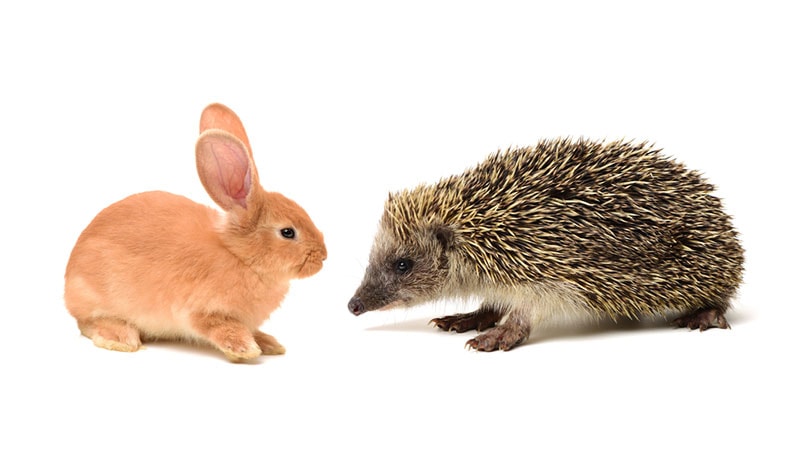
Sleep Schedules
One of the main differences between hedgehogs and rabbits is their sleep schedules. Hedgehogs are nocturnal creatures, so they sleep all day and are awake all night. Hedgehogs can sleep around 14 hours per day—sometimes more and sometimes less. They’re only awake between 6 and 8 hours before their next sleep cycle.
Conversely, rabbits are crepuscular creatures. This means they’re active during the dawn and twilight hours. Rabbits are usually asleep when a hedgehog wakes up or goes to bed. You can find windows during the evening and early morning when both animals are awake, but keeping them in the same cage will negatively affect their sleep cycles.
Temperature and Light
Rabbits can cope with the cold fairly well. They have warm, thick coats and pads on the bottoms of their feet to protect them from low temperatures. But hedgehogs are sensitive to temperature fluctuations. Cold temperatures can cause them to hibernate, which can be detrimental to their health and nutrition. Ideally, a hedgehog cage needs the temperature to be no less than 75° Fahrenheit. This could be too warm for a rabbit.
Light is another aspect to which hedgehogs are sensitive. They need around 12–14 hours of sunlight for a good night’s sleep. If you have a light on constantly, this will throw off your hedgehog’s sleep schedule and cause them to sleep more. Conversely, constant darkness can also cause them to sleep less.
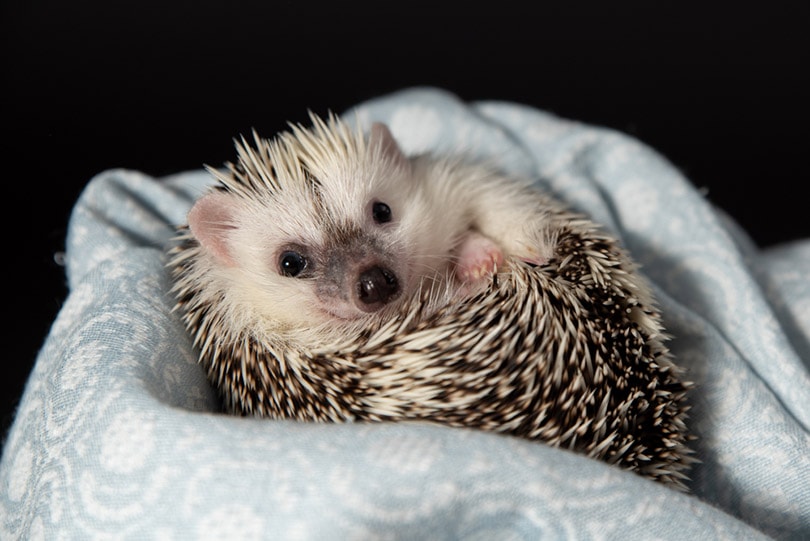
Space
Hedgehogs need enough room for an eating area, a wheel, a hideaway, and a litter box. Your hedgehog should have about 4 square feet to roam. Rabbits need about 12 square feet to hop, run, and dig. This also includes a place to sleep, eat, and drink. Some rabbits are smaller or larger, so you may have to adjust the size of the enclosure. Just ensure the cage is at least four times the size of your rabbit.
As with any animal in a cage, think about the amount of poop each animal produces. Hedgies are known to be poop machines, and rabbits aren’t far behind. Having two poop machines in one cage isn’t hygienic for the animals and won’t make your home smell nice.
Some people assume that you can get a larger cage and that both animals will do well, but considering the habitat and sleep schedule differences, it’s best to keep the two animals in separate cages.
Food
Food isn’t a huge concern, but it should be mentioned since both animals have different diets. Rabbits are herbivores, meaning they eat mainly plant matter. Grass is a huge part of a rabbit’s diet. In contrast, hedgehogs are insectivores, a type of carnivore that primarily eats insects, arthropods, and earthworms. If you place these animals in the same cage, they could eat a diet unsuitable for their nutritional needs.
Another aspect that goes overlooked is how strong rabbit teeth are. Rabbit food pellets are usually hard, so a hedgehog would have difficulty eating it. It might even cause damaged teeth.
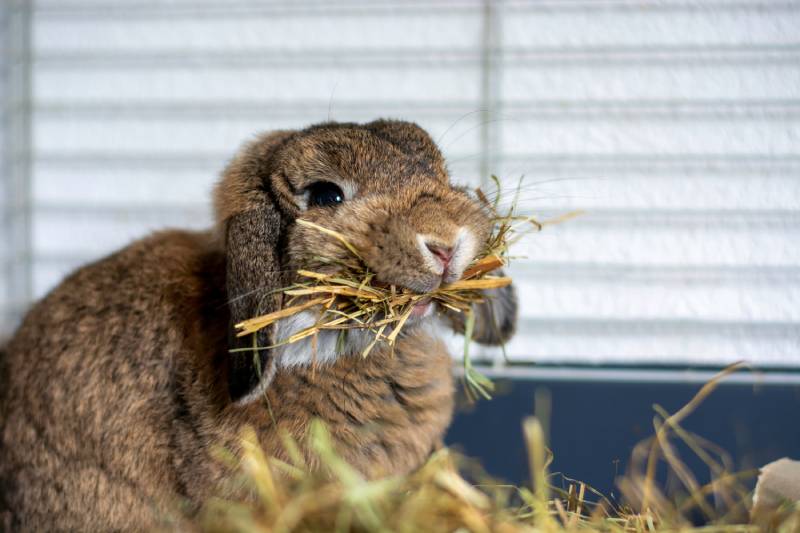
What About the Same Room?
Rabbits and hedgehogs can coexist in the same room as long as you have the tools to make adjustments that are best for both animals.
The main factor to consider is temperature. Hedgehogs need a warm environment, whereas rabbits do better in cooler climates. You may have to alter the temperature for each animal in the winter and summer since the weather is extreme during these seasons. Adjustments can be made with heating mats, space heaters, and fans.
Can Rabbits and Hedgehogs Play Together?
At some point, you may want to have your hedgehog and rabbit meet. You don’t have to, but many pet owners want to give it a try. Hedgehog and rabbit owners have successfully introduced these two animals to each other. Still, don’t expect these creatures to be best friends.
Hedgehogs are not social creatures, so animal interactions have little effect on them. It will take some time for your hedgie and rabbit to warm up to each other. Even then, they may never play with each other.
Remember that both animals are prey animals, so they might be scared at first. Your hedgie may curl into a ball, and your rabbit might try to stomp and kick. This is all normal but supervision is key. Never leave your rabbit and hedgehog unsupervised until they’ve warmed up to each other.
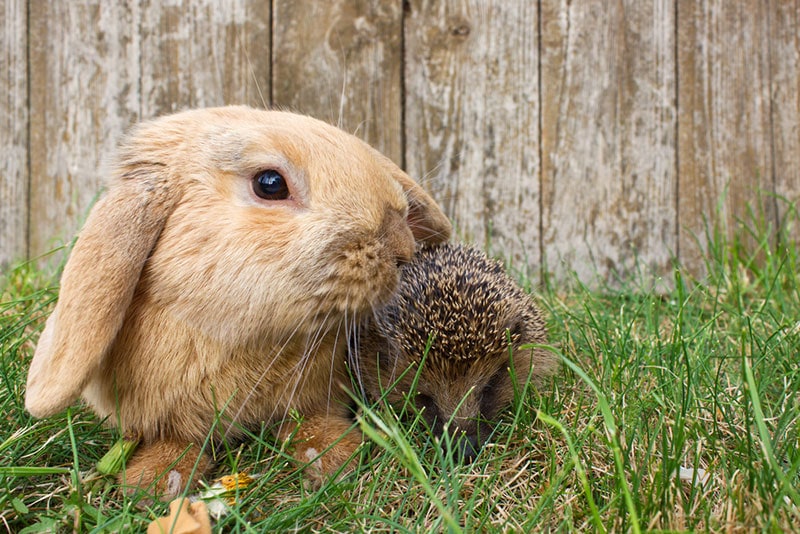
How to Introduce Your Rabbit and Hedgehog
You can follow these steps with any animal and a hedgehog, but we’re going to use a rabbit as an example. Follow these steps before introducing these animals to one another:
- Make sure the animals are comfortable around you. Your hedgehog shouldn’t curl into a ball when you come around. Likewise, your bunny shouldn’t hide. Let them know that they can trust you. This will take some time.
- Play with them individually. Take your hedgie and your rabbit out at individual times, and spend quality time with them. This will also help them feel comfortable about the space.
Safety always comes first when introducing animals to each other. This way, the animals aren’t scared and can focus on each other. Make sure the environment is comfortable and free from loud noises.
When you believe your rabbit and hedgehog are ready, hold your hedgehog in your arms, and carefully show them to your rabbit. Don’t let them touch. Do this a few times. The goal is to introduce the animals slowly. After a few introductions, you can let your hedgie and rabbit roam the space, though not leaving them unsupervised. Continue to monitor for any signs of aggression. Rabbit kicks are powerful and can cause serious injury to your hedgehog. Your prickly friend can also hurt your rabbit.
Usually, rabbits and hedgies get along with each other. But you must consider the personality of the pet. Stop interactions if you think your hedgehog or rabbit is getting stressed.

Hedgehogs and Other Animals
Hedgehogs can coexist with other animals besides rabbits, but playtime isn’t necessary. The best option for hedgehogs is to keep them away from other animals. If you do want to introduce your pets to each other, the most important thing to remember is to know your pets’ personalities because anything can happen in a matter of seconds.
Cats
Cats and hedgehogs can coexist just fine. Once cats become acquainted with a hedgie’s quills, they usually leave them alone. Follow the previous steps to introduce your cat and hedgehog.
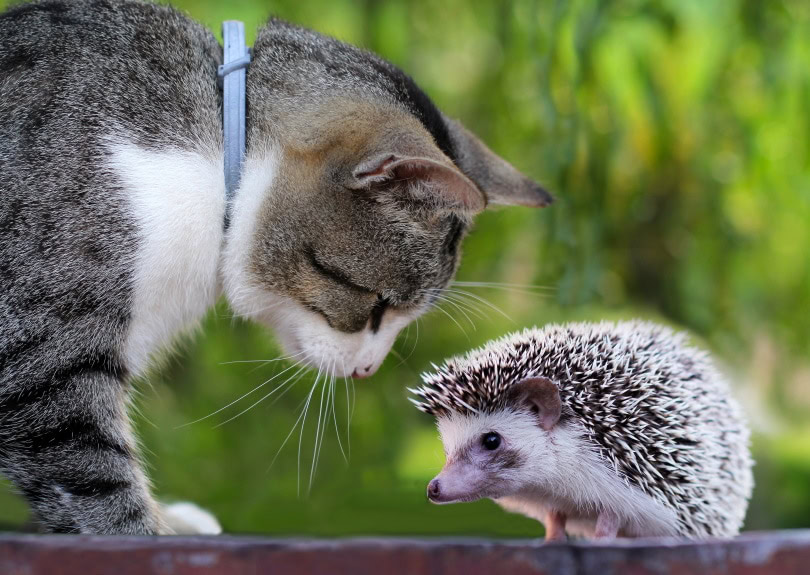
Dogs
The same rules apply to dogs, but you must be more cautious with dogs, especially large ones. Certain breeds are bred to hunt small animals and may see a hedgehog as a prime opportunity to exercise their skills. Dogs with a lot of energy can scare a hedgehog. In any case, proceed with caution.
Ferrets
Avoid ferret and hedgehog interactions. Ferrets and hedgies do not get along since ferrets are high-energy animals with a high prey drive. Hedgehogs feel threatened by ferrets, sometimes more than dogs and cats.
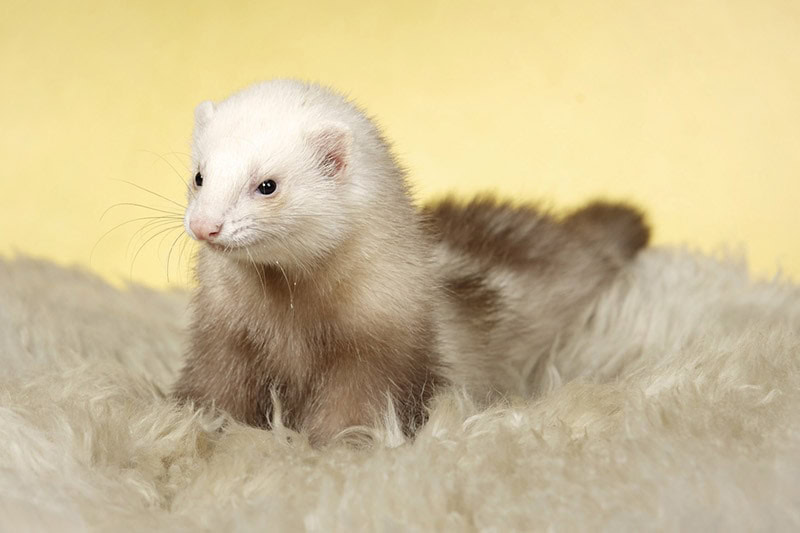
Rodents and Other Small Animals
Hedgies don’t care for social interactions, so meeting new animals isn’t necessary for this creature. Rodents and other small animals are fine, but you must take precautions against disease spread.
Other Hedgehogs
Hedgehogs do pretty well with other hedgehogs, though you’ll want to follow the same introduction steps. Don’t leave your hedgehogs unattended until you know that they can tolerate each other’s company.

Rabbits and Other Animals
Luckily, rabbits get along with many animals. Introductions should be similar, but keep in mind that handling a rabbit may be more challenging since they can bunny kick and run fast.
Cats
Surprisingly, cats and rabbits live well together. It’s not uncommon for a cat and rabbit to coexist in each other’s presence without complications. Some cats even groom the rabbits when they get to know them. Other cats are scared of the rabbits. However, cats are predators, so be careful during first introductions.
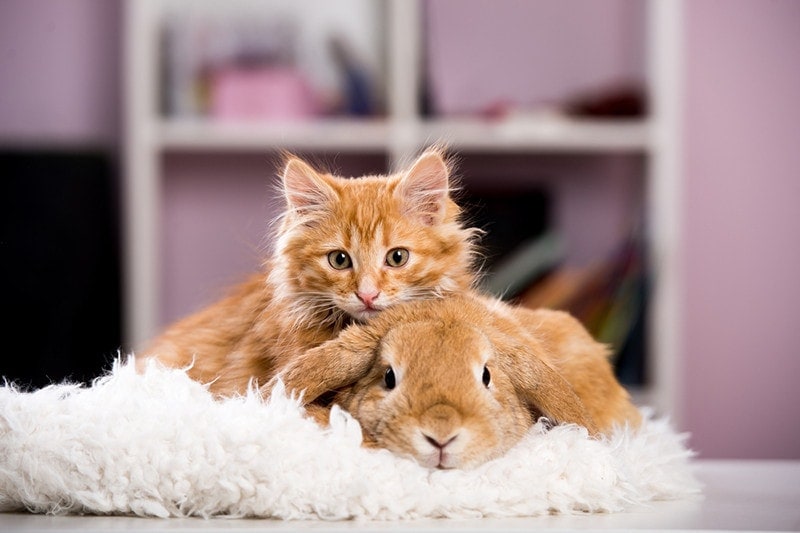
Dogs
Some dogs were bred to catch prey and may want to attack your rabbit. Other dogs get excited and might scare your rabbit out of your arms, even though all they want to do is play. It’s best to introduce a dog and rabbit through a cage first or with a leash.
Ferrets
Ferrets may be small, but they like to pick fights with other animals. They’re also carnivorous and might look at your bunny as dinner. Keep your rabbit and ferret separated at all costs.
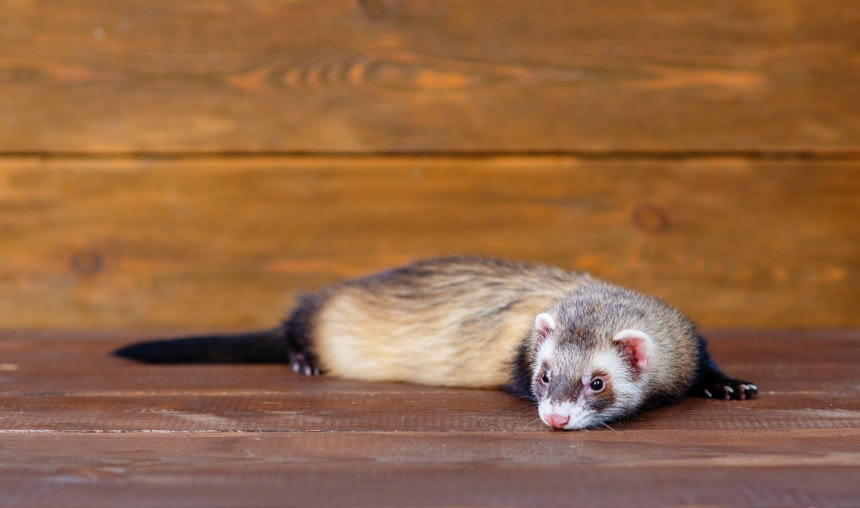
Rodents and Other Small Animals
Rabbits and guinea pigs can coexist, but it’s usually not recommended to introduce the two because rabbits can bully guinea pigs. You can get away with a few introductions, but it’s unlikely they’ll be friends. The same goes for other rodents. Keep a careful eye on your small animals around rabbits, since rabbits are territorial.
Other Rabbits
Rabbits do very well with other rabbits, and they even appreciate the company. If you can, though, keep them separated at first; you can always introduce them later.
 Final Thoughts
Final Thoughts
Hedgehogs and rabbits are wonderful critters to add to your home. Separately, they make great pets for different reasons. These two animals won’t be best friends, but you can introduce them for a bit of frolic and fun in the house. Just keep an eye on them, and watch out for any other house pets.
See Also:
- Rabbit Myths and Misconceptions You Need to Stop Believing Now!
- What Do Hedgehogs Like to Play With?
Featured Image Credit: CandiceBrophy, Shutterstock










